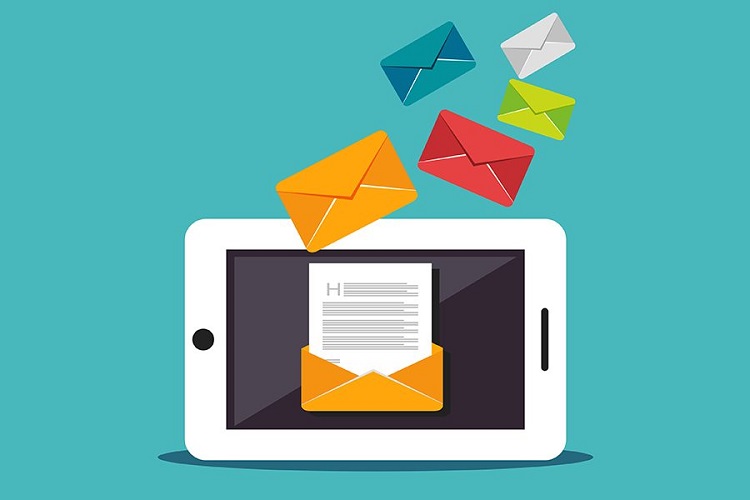




Email etiquette is changing, and it’s vital to know the rules. Email is a powerful tool that liberates communication. Writing action-oriented email is a critical skill that will help you get results quickly in the short term. In the long term, it will help you advance your career when you know the email etiquette rules.
However, like any communication tool, it is important to know how and when to use it. Here are some do’s and don’ts to help you decide when to use email online:
Do use email for:
1. Quickly communicating specific ideas
2. Reasonably short messages -up to about 20 lines on a screen
3. Handling essential business
4. Sending information to a list
5. Reducing telephone and meeting time by sending information in advance
6. Non-confidential messages
Email etiquette rules – Do not use email for:
1. Anything that needs immediate action, such as an unexpected meeting this afternoon. You may not reach everyone. Call instead.
2. In-depth discussion, such as email that generates a string of four or more replies. It may be time for a phone call or personal meeting.
3. Anything that will reflect badly on you or anyone else if it reaches the wrong mailbox. Remember that anything you send can become public property. It can be forwarded, saved and printed by people it was never intended for, and can be used as proof in a court.
4. Sensitive issues, such as delivering bad news or giving negative feedback to a colleague or employee.
5. Anything obscene, libellous, offensive or racist does not belong in a company email, even as a joke.
6. Communicating with people who seldom use email themselves.
7. Personal communication where body language and facial expression are important in interpreting a message.
8. Angry or sarcastic messages. It’s easy to get heated up, and with e-mail we feel anonymous. We often write things that we would never say to someone’s face. If you are upset, step away from the computer and cool down. Ask yourself if you would say this to the person if you were face to face. If you wouldn’t say it, don’t send it.
9. Messages that can be easily misinterpreted. Because we don’t have the tone of voice or body language to gives us further cues, people often question what an email means.
Email etiquette is generally informal, but in business email it’s important to set the right tone. Before you put your fingers on the keyboard, think about who you are writing email to. Are you writing up to management, down to employees, across to colleagues, or out to customers with your business email?
Consider how you would talk to the person if you were face to face. You don’t talk the same way to a customer or the president of your company as you talk to your colleague in the next office. Think about how you interact with this person, to help you gage the right level of formality for your email message. This will help you use a sincere, appropriate voice for your email.
Remember that email in the US and Canada is generally informal, but this might not be the same in India especially if you are writing email to an international business contact, always maintain more formal email etiquette.
Ask yourself:
1. Who is my reader?
2. What is my relationship to the reader?
3. What do I want the reader to do?
You create different voices by changing your level of language. Your email can range from formal to conversational to friendly.
Email etiquette – setting a formal tone
1. Begin with Dear (name of person)
2. Address the reader by title (Mr., Ms, Dr.)
3. Use formal, respectful language
4. Don’t use contractions (use You would, instead of You’d)
5. Use objective words and specific terminology
6. Close with the words Sincerely or Yours truly, and your name and job title
Email etiquette – using a conversational tone
1. Begin with an informal greeting with the reader’s first name, such as Hi or Hello (name)
2. Use a friendly but professional tone
3. Use some contractions (I’m instead of I am)
4. Keep the message lighter, based on a connection between you and the reader
5. Have a brief, friendly closing, using your first name only, and your job title if applicable
Email etiquette – using a friendly voice
1. Start with a casual greeting, such as Hi (name),
2. Use contractions (Can’t instead of Cannot)
3. Use appropriate humour
4. Use jargon & slang as long as it doesn’t become unprofessional
5. Use a casual closing with your first name only, no job title
These were a few tips that should be kept in mind while delivering your thoughts and feedback across an email. I hope you have learnt a new perspective towards email as your prime communication tool and I invite you to use these simple rules online for email etiquette.
Source: https://www.linkedin.com/pulse/email-etiquette-tips-your-workplace-sahil-gupta